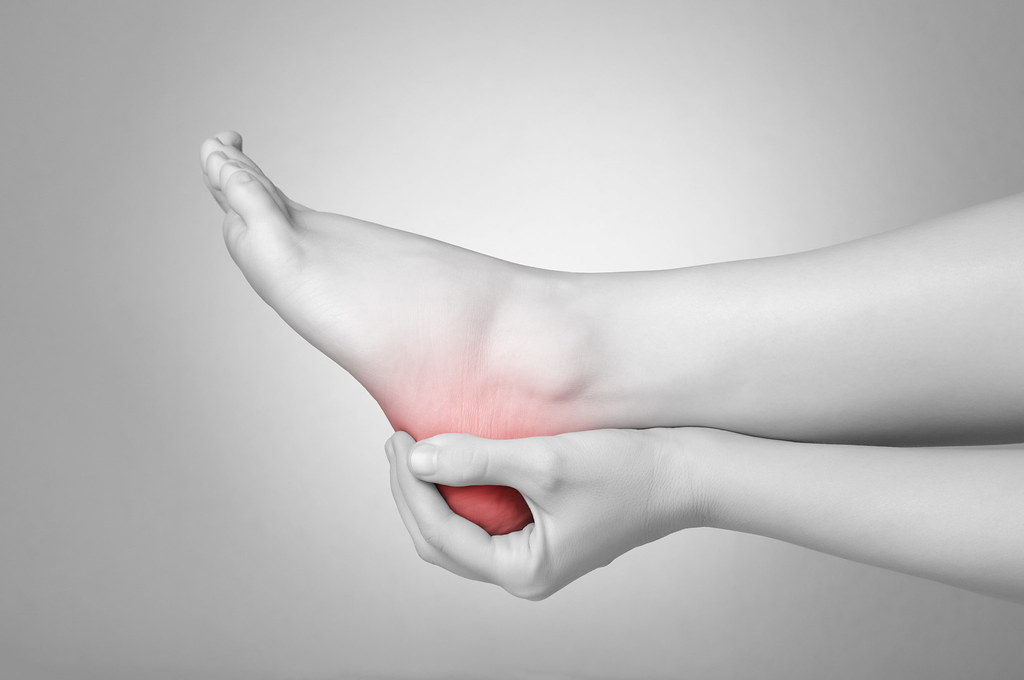![]()
Same Day Appointments Available!
Call Us 24/7 (801) 619-2170
Salt Lake City * Sandy * West Jordan

Plantar Fasciitis: How to Spot It and When to See a Doctor
Home » Blog » Plantar Fasciitis: How to Spot It and When to See a Doctor
 If you have ever experienced the pain of plantar fasciitis, you know exactly what the condition is. It hurts to step out of bed, it hurts to walk – it hurts to put any sort of pressure on your heels at all. If you’ve never experienced the condition, consider yourself lucky.
If you have ever experienced the pain of plantar fasciitis, you know exactly what the condition is. It hurts to step out of bed, it hurts to walk – it hurts to put any sort of pressure on your heels at all. If you’ve never experienced the condition, consider yourself lucky.
Plantar fasciitis occurs when the plantar fascia, a ligament in your foot, is injured or irritated. The condition is most common in middle-aged people, but it occurs in young people who are on their feet consistently. Plantar fasciitis can occur in one of your feet or both at the same time.
Symptoms
People recognize that they may have something wrong with their feet when they step out of bed in the morning and experience pain. It hurts to stand and it hurts to walk. The pain may worsen when you climb stairs or after you have been standing for an extended length of time. For many sufferers, the pain may subside a bit after they have taken their first few steps of the day and then gradually worsen again as the day goes on.
Diagnosis
Plantar fasciitis is typically diagnosed based upon described symptoms and habits. Your doctor will ask what you do for a living and how long you are on your feet everyday. You will be asked to explain your symptoms and describe how they dissipate or worsen throughout the day.
If your doctor suspects something other than plantar fasciitis, they may ask that you undergo an X-ray. When this occurs, your doctor is typically looking for something like a stress fracture that could be causing your symptoms.
Home Treatment
If you are experiencing what you believe to be plantar fasciitis, there are home treatments that you can try before you visit a doctor. The home treatments that have been found to be most helpful include:
1. Rest – Get off your feet whenever you can. Do not participate in activities that make your feet hurt.
2. Ice – Icing your heel can help to relieve pain. You may also choose to take an over-the-counter pain reliever.
3. Stretches – Stretching may seen like the last thing you want to do, but it can help. Toe and calf stretches can help to alleviate pain. Roll a towel, place it under the balls of your foot and pull on the ends of the towel. Towel stretches can be effective for many sufferers.
4. Shoes – If you have been looking for a reason to treat yourself to a new pair of shoes, you have a great one. If you can’t afford a new pair, invest in heel cups or inserts for your current shoes.
If the home treatments don’t work, it’s time to visit a doctor. Your condition may be bad enough that medical intervention is required. In some instances, plantar fasciitis can only be relieved with the wearing of splints, injections into your heal or other medical treatments. Call Dr. Elizabeth Auger if you are experiencing plantar fasciitis in Salt Lake City. She will examine your feet and offer you the best course of treatment for your unique situation.
Foot and Ankle
Conditions
- Allergic Contact Dermititis
- Achilles Tendonitis
- Athlete’s Foot
- Brachymetatarsia
- Bunions
- Calluses
- Diabetes
- Flatfoot (Fallen Arches)
- Foot Ulcerations (Diabetic Ulcers/Wounds)
- Salt Lake City Fungal Nail
- Ganglions
- Gout
- Haglund’s Deformity
- Hallux Rigidus
- Hammertoes
- Heel Pain (Fasciitis)
- Foot Infections
- Ingrown Toenails
- Injuries
- Metatarsalgia
- Morton’s Neuroma
- Osteoarthritis
- Paronychia
- Plantar Fasciitis
- Plantar Warts
- Posterior Tibial Dysfunction
- Rheumatoid Arthritis
- Running Injuries
- Sesamoiditis
- Skin Conditions
- Sprains & Strains
- Tailor’s Bunion
- Tarsal Tunnel Syndrome
- Tendonitis
- Toe Deformities
- Xerosis
1561 W 7000 S, Suite 200
West Jordan, Utah 84084
(801) 509-9959
3934 S 2300 E,
Salt Lake City, UT 84124
(801) 396-9743
